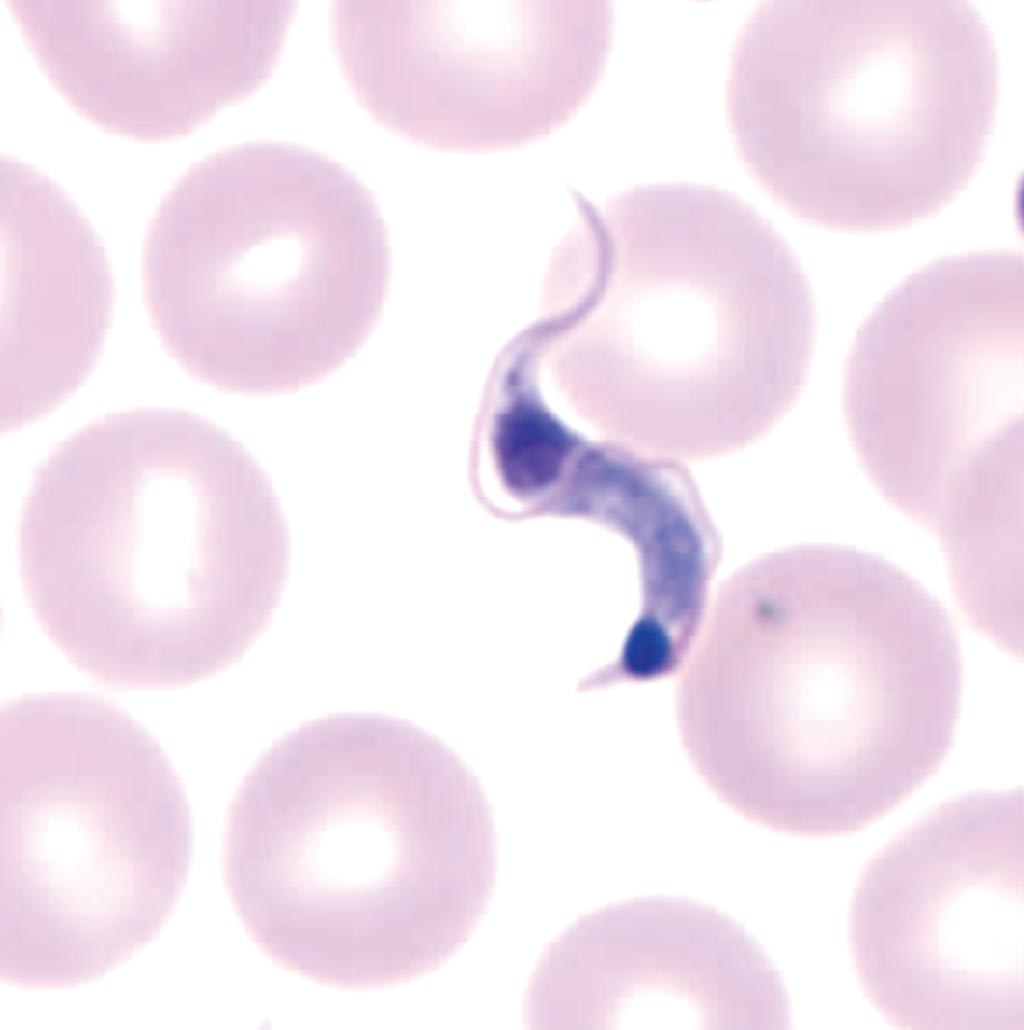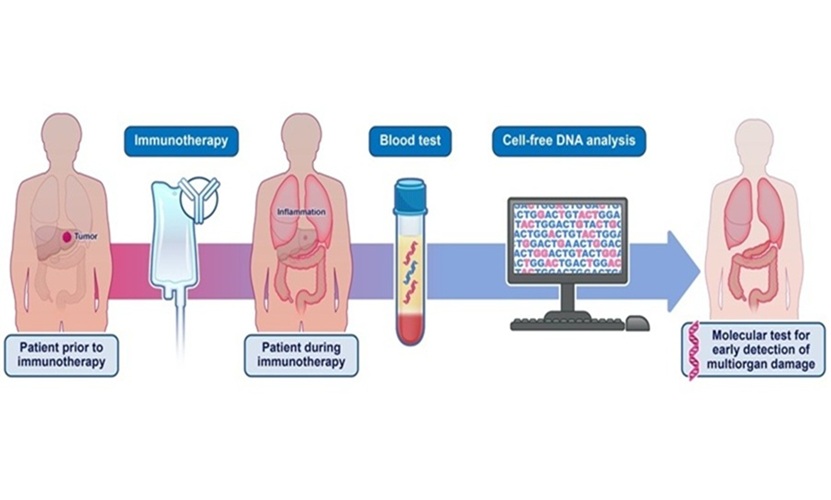Performance of Chagas Disease Genotyping Assay Evaluated
By LabMedica International staff writers
Posted on 07 Apr 2017
Chagas disease remains a significant public health issue infecting six to seven million people worldwide. The factors influencing the clinical heterogeneity of Chagas disease have not been elucidated, although it has been suggested that different clinical outcome may be associated with the genetic diversity of Trypanosoma cruzi isolates.Posted on 07 Apr 2017
Differences in therapeutic response of distinct T. cruzi genotypes have been also reported. Typing strategies for genotype-specific diagnosis of Chagas disease to identify the T. cruzi discrete typing units (DTU) have already been developed, including biochemical and molecular methods, however the techniques have limitations.

Image: Trypanosoma cruzi trypomastigote in a thin blood smear stained with Giemsa from a patient with Chagas disease (Photo courtesy of the CDC).
Scientists at the Federal University of Ouro Preto used standard T. cruzi strains, representative of three major genotypes involved in the domestic cycle of Chagas disease in Brazil, to setup the TcI/TcVI/TcII Chagas-Flow ATE-IgG2a methodology for the serodiagnosis of T. cruzi infection. The team maintained the strains in mice and the infection was confirmed in all T. cruzi-infected mice, by positivity at fresh blood examination performed at day 7, 10 or 15 post-infection. The serum samples used for the TcI/TcVI/TcII Chagas-Flow ATE-IgG2a serology were prepared from whole blood samples collected by ocular plexus puncture.
The amastigote/trypomastigote/epimastigote forms of TcI, TcVI and TcII T. cruzi genotypes were obtained and the TcI/TcVI/TcII Chagas-Flow ATE-IgG2a serodiagnosis was performed. Flow cytometric data was acquired with a FACSCanto flow cytometer. Following the selection of target-antigens, one-dimensional histograms were employed to quantify the genotype-specific anti-T. cruzi IgG2a reactivity, based on the positivity limit set based on the internal control. The results were expressed as percentage of positive fluorescent parasites (PPFP) for each tested sample dilution.
The data acquired demonstrated that “α-TcII-TRYPO/1:500, cut-off/PPFP = 20%” presented an excellent performance for universal diagnosis of T. cruzi infection. The combined set of attributes “α-TcI-TRYPO/1:4,000, cut-off/PPFP = 50%”, “α-TcII-AMA/1:1,000, cut-off/PPFP = 40%” and “α-TcVI-EPI/1:1,000, cut-off/PPFP = 45%” showed good performance to segregate infections with TcI/Colombiana, TcVI/CL or TcII/Y strain. Overall, hosts infected with TcI/Colombiana and TcII/Y strains displayed opposite patterns of reactivity with “α-TcI TRYPO” and “α-TcII AMA”.
The authors concluded that the method presented a good performance for genotype-specific diagnosis, with global accuracy of 69% when the population/prototype scenario include TcI, TcVI and TcII infections and 94% when comprise only TcI and TcII infections. The method providing a feasible tool to classify serum samples from hosts infected with distinct T. cruzi genotypes, supporting the potential of this method for universal and genotype-specific diagnosis of T. cruzi infection. The study was published on March 23, 2017, in the journal Public Library of Science Neglected Tropical Diseases.














